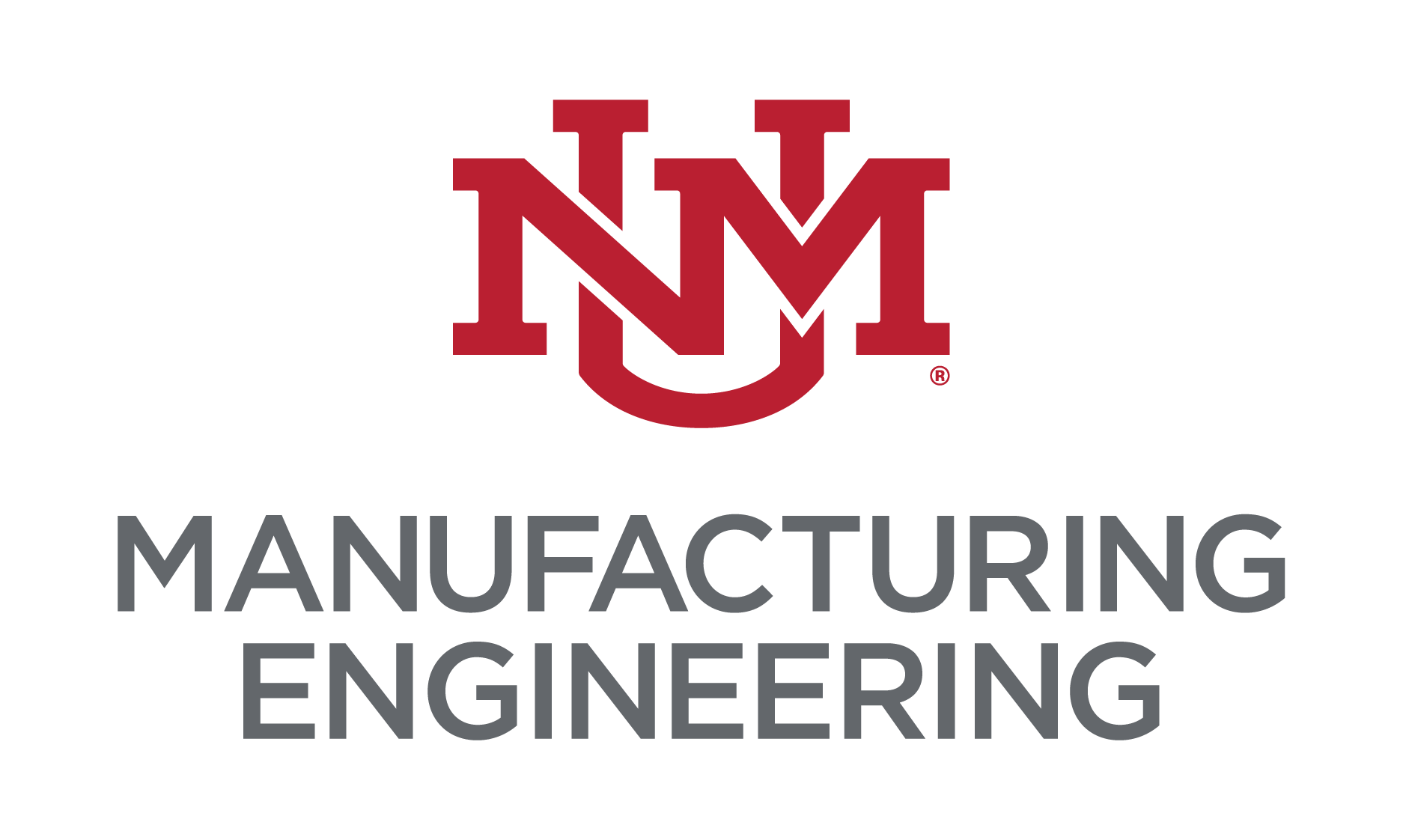Last Updated September 2020
Interested in contributing to the MNTeSIG Industry Team? Check it out at
Click on a state to see the Micro Nano Technology, Semiconductor & Other Electronic Component Manufacturing Related Industries.
About Micro and Nanotechnology
Microtechnology
Microtechnology can refer to devices with features of lengths between .1-100um. Above these dimensions, Newtonian mechanics determines how matter behaves. When features become constrained to micro dimensions, molecular interactions, interatomic forces, and quantum mechanics become important considerations that determine the functionality of engineered devices. These forces require special attention during the design and creation of Microsystems and require specialized manufacturing processes, equipment, and training.
Nanotechnology
Nanotechnology refers to devices and materials engineered for the properties they exhibit on the nanoscale: lengths of 100nm or smaller. Below 100nm, molecular and quantum interactions dominate, giving nanostructured materials (which include semiconductors, advanced alloys, and microsensor devices) or molecular systems (which include many specialty chemicals, cosmetics, and pharmaceuticals) unique properties that do not arise at larger dimensions. Nanotechnology too requires specialized training and equipment to work with.
Why Are They Categorized Together?
Micro and nanotechnologies are often intertwined. For this reason, they are categorized together on this website. Many microsensors, for example, are enabled by nanoscale phenomena and therefore may be counted as “nanotechnology” even though the device itself may have feature sizes on the order of microns or larger.
About the Industry Maps
Purpose
In most literature, “nanotechnology” and “microtechnology” refer to advanced technologies under development or being researched. In industry, micro or nanotechnology enable the production and functionality of many technical products, only it is not referred to as “nanotechnology” specifically. Such has made attempts to identify a “nanotechnology industry” unclear or misleading. For the purposes of the SCME, a micro or nanotechnology company is defined as one that either produces products with features the micro or nano scales, or products that are enabled by scientific phenomena that occur only at these very small lengths.
The SCME’s state industry maps serve to identify such industry clusters, the technologies each specialize in, and their contribution to the national economy. This enables the SCME and its partners to identify skill needs per region based on the resident industries and their work. Information determined used to develop and improve training programs at local community colleges for technicians and curricula at 4-year engineering programs at universities nationally. The data provided in each state industry map was gathered by the SCME, its collaborators, and is updated and verified regularly.
How To Use
Click on each state to be directed to a separate web page for an industry map. Data is uploaded onto a map with a marker on the location of each known micro or nanotechnology company in the selected state. Each company is categorized by zip code (for regional analysis purposes) and into two separate categories based on its (1) technical specialty and operations and (2) approximate position on the supply chain. Definitions of each category are provided below.
Analysis of the information provided for their implications on a national level is ongoing. Previous analysis presented at COMS2014 may be found by clicking: COMS Poster
Industry Categories
Technical Categories
Semiconductors
There has been work at the nanoscale within the fields of semiconductors and microelectronics for many years, just it has not been called nanotechnology. In fact, the feature sizes of many microelectronic devices are on the order of nanometers and are fabricated using combinations of advanced chemical and top-down methods in cleanrooms. Employment may be found at chipmakers and other large semiconductor manufacturers. Understanding of semiconductor physics and experience in the fabrication of devices is desired for employment in this field.
Materials / Chemicals / Nanomaterials
Within nanotechnology, there is often overlap between chemistry, materials science, and biochemistry, especially with work related to nanoparticles and nanostructured materials. For example, many new drugs incorporate chemically synthesized nanoparticles to target specific diseases. The functionality of many engineered materials is also determined at the nanoscale. For this reason, this category encompasses companies that work across a variety of industries from composites to pharmaceuticals and cosmetics. A background in chemistry, materials science, biochemistry, or chemical engineering and experience in a chemical laboratory are desired by employers in these fields.
MEMS including Bio-MEMS, Microsensors, and Medical Devices
MEMS stands for “microelectromechanical systems” which is broad and interdisciplinary itself. MEMS are widespread across many fields, enabling the development of wearable electronics and the tiny sensors that enable the internet of things. In, Biotechnology mems and bio-MEMS enable many genomic and medical devices. Work related to MEMS requires an understanding of how devices function at the nanoscale, and how to engineer them and their fabrication process to maximize performance and output. MEMS, including bio-MEMS, utilize many of the same fabrication techniques as semiconductors. Cleanroom processing experience is a plus.
Electronics / Electronic Components
This category is devoted to companies that use micro or nanotechnology-enabled components to make functional electronic devices. Because of More’s Law, the size of transistors is decreasing, forcing many electronic components to shrink to the order of nanometers. Electronics assemblers and packaging companies are adapting to newer, smaller technologies. This category is differentiated from “Semiconductors” which stands for the creators of the electronic components themselves, working to engineer their properties at the nanoscale. A background in electronics engineering or assembly is ideal for employment in companies categorized under this field.
Research and Development / Laboratory Analysis Services
Companies with a heavy emphasis on research and development are often early-phase startups aiming to bring a new technology to maturity. Large commercial or government research facilities are included in this category. Also included are companies that contract analysis or laboratory services and technology incubators providing lab equipment to entrepreneurs aiming to develop new technologies. At large research facilities, a Ph.D. in a technical field is often required to become a member of the technical staff. A Master’s degree and/or several years of industry experience may be required to become a process or development engineer. Smaller companies may need technicians to run lab tests.
Optics and Photonics
Optics and photonics cover the manipulation and control of light using nanoscience. Equipment produced by companies specializing in optics or photonics very often incorporate lasers and materials selected for their optical properties. Companies in this category may create specialized materials or devices that guide light “signals” or detect them. This category has overlap with semiconductors and tools and capital equipment because numerous electronic devices and microsensors make use of optics or photonics. Related employment may be found at many companies specializing in microdevices, including producers of medical devices, electronics, and specialized equipment for nano work. Prior experience working with optics either through employment or coursework is a plus for job seeking students.
Tools and Capital Equipment
This category covers the tools used in the research, development, and production of micro and nanotechnologies. These may include electron microscopes, optical spectroscopic equipment, or any machine tool used in the production of semiconductor devices. For micro and nanomanufacturing, the work must be performed at nanometer precision over millions of tiny devices. This requires specialized equipment and has led to an entire industry devoted to tools for micro and nanotechnology. Often, employment related to nanotechnology tools and capital equipment is found at specialized companies that build and repair them. Understanding of how to design, operate, and construct tools for micro and nanoscale work is desired by employers in this area.
Supply Chain Positions
Creators
Creators produce original products with feature sizes on the micro or nanoscale. These range from chemical products, materials,* to semiconductors. Companies that create these products often focus on either their development, if a new technology, or their production in defined, often large, quantities. Common technical issues faced by assemblers relate to the flow and optimization of processes and manufacturing methods. Companies developing new products work to define requirements for their (hopefully) flawless production.
Assemblers
Also referred to as end users, companies that fall under this category incorporate micro and/or nanotechnology into their final products. While they may not create the micro or nanotechnologies themselves, Assemblers are responsible for their integration into useful products for diverse applications, including consumer electronics and general-purpose measuring equipment. Common technical issues faced by Assemblers include the interoperability of small components within a multicomponent system.
Specialty or Support
Specialty or Support refers to providers of specialty equipment and products that are used for technical work relating to micro and nanotechnology. Often, companies in this category build equipment used in manufacturing and/or research, or technical components for use with specialized equipment. Technical issues faced by companies that build specialized or supporting products for working with small technologies include the repeatability, reproducibility, and reliability of the systems or components they build. These are critical for measurement and manufacturing equipment.
*Note: many materials are enabled by the behavior of their atomic or molecular units, yet are formed into macro-scale objects.
Analysis
Updated analysis coming soon…
Previous analysis presented at COMS2014 may be found by clicking: COMS Poster
For other information, see references below.
Acknowledgments and References
Special Thanks To:
Micro and Nanotechnology Commercialization Education Foundation (MANCEF)
Nano-Network of New Mexico
References:
Regional Nanotechnology Associations and Networks
State Economic Development Initiatives
Note: Some information from this website has been previously posted on by the same author.
Made possible through a grant from the National Science Foundation DUE #1205138






